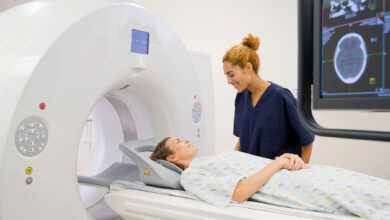
The Peshawar Institute of Cardiology (PIC) has announced the suspension of its free heart treatment services, citing inadequate compensation rates under the government’s Sehat Card Plus (SCP) program. The decision was made public on Saturday and comes in response to the financial strain caused by low reimbursement rates for medical procedures and operations.
The PIC has been a significant beneficiary of the SCP program, accounting for 13 percent of the profits generated in the province last year. However, the depreciation of the local currency has led to an increase in the cost of essential imported items such as stents and pacemakers, which are priced in dollars. Despite these rising costs, the compensation rates for surgeons at PIC have remained stagnant since 2019, even as the prices of medical equipment have surged.
The institute is now advocating for a revision of the compensation packages for cardiac operations and procedures to reflect the current market conditions. A meeting with the adviser to the chief minister on health is scheduled for Tuesday to address this issue. The government has reiterated its commitment to providing free treatment to patients but acknowledges that the compensation rates have not kept pace with escalating medical costs.
In the face of these challenges, the PIC is exploring the possibility of introducing a partial patient co-payment system to boost doctors’ compensation packages. However, the acceptance of this proposal remains uncertain. To alleviate these financial pressures, it has been suggested that the government allocate Rs. 21 billion to the State Life Insurance Company. This would enable the institute to revise doctors’ compensation packages and ensure the continued treatment of cardiac patients at PIC under the SCP program.
While the suspension of free treatment at PIC has highlighted the difficulties faced by the healthcare sector, other hospitals in the region continue to offer heart-related services, albeit with reduced profit margins. The situation underscores the urgent need for a solution to the issue of compensation rates not keeping up with rising medical costs.













